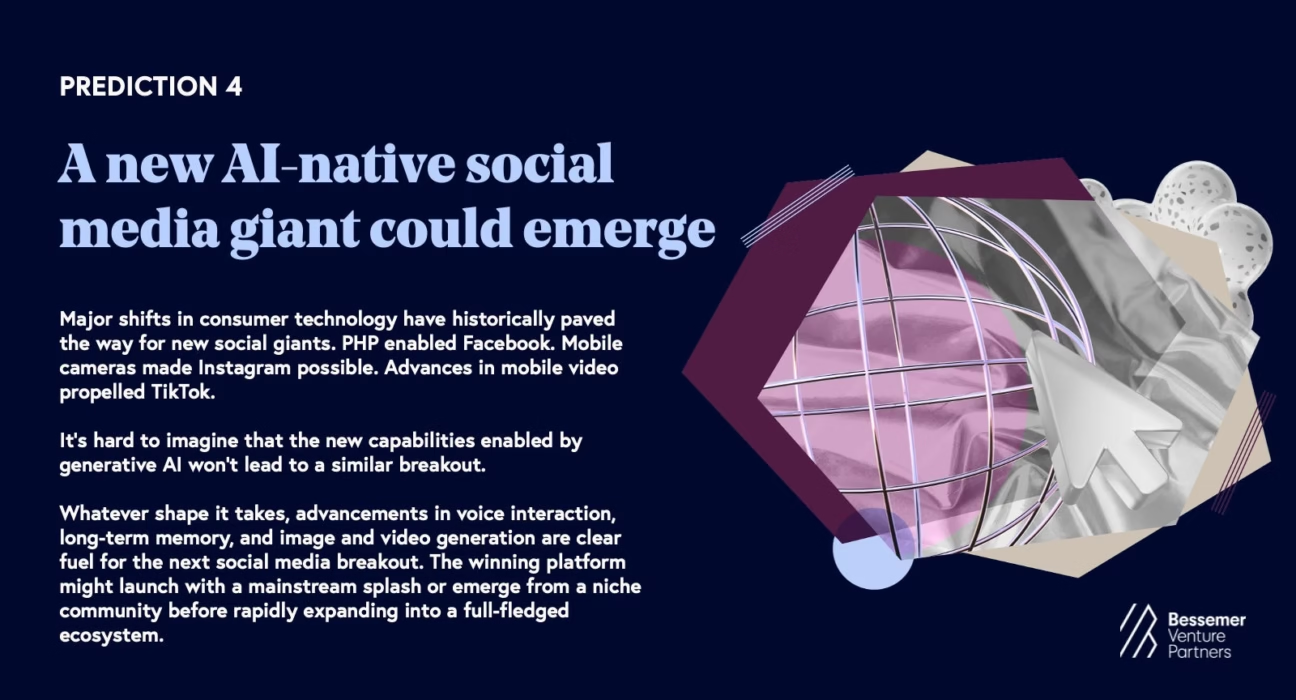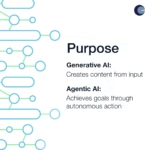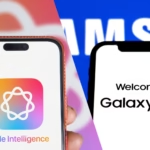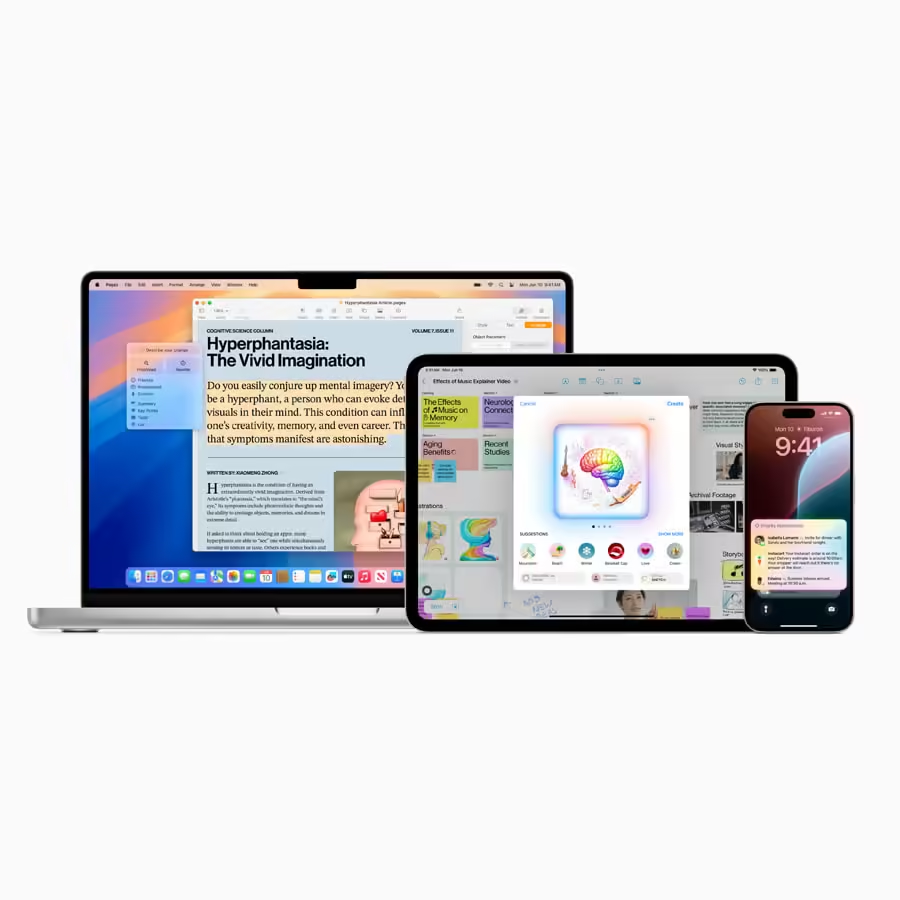The Dawn of a New AI Era: Breakthroughs Shaping 2025
Estimated reading time: 12 minutes
Key Takeaways
- The accelerating pace of artificial intelligence development means 2025 is set to be a landmark year for **AI breakthroughs shaping 2025**.
- AI is rapidly transitioning from theoretical concepts to widespread practical applications across diverse sectors.
- Key trends include the rise of agentic AI, the diminishing performance gap in AI models, and deep enterprise and consumer integration.
- The healthcare sector is set to be transformed by AI, with advances in predictive diagnostics, personalized medicine, and medical imaging.
- Generative AI is driving a materials science revolution, enabling the discovery of new materials with tailored properties for sustainable energy and advanced manufacturing.
- Physical AI is enhancing robotics and autonomous vehicles, leading to improved perception, dexterity, and decision-making capabilities.
- These AI advancements are interconnected, creating synergistic effects that accelerate innovation and societal change.
Table of contents
- The Dawn of a New AI Era: Breakthroughs Shaping 2025
- Key Takeaways
- Revolutionary AI Technology Trends on the Horizon
- The Transformative Impact of AI on Healthcare in 2025
- Generative AI: A Materials Science Breakthrough
- Physical AI: The Rise of AI in Robotics and Autonomous Vehicles
- Connecting the Breakthroughs: The Synergistic Future of AI
- Frequently Asked Questions
The relentless march of artificial intelligence development is accelerating at an unprecedented rate. As we stand on the cusp of 2025, it’s clear that this year will be a defining moment, marked by significant AI breakthroughs shaping 2025. No longer confined to research labs and theoretical discussions, AI is now firmly entrenched in the realm of practical application, poised to revolutionize industries and fundamentally alter our daily lives. AI development in 2025 is outpacing previous technological shifts, with AI now moving from experimentation to widespread use across sectors.

This post will dive deep into the most impactful AI advancements we can expect to see, exploring revolutionary trends, the transformative power of AI in healthcare, groundbreaking applications in materials science, and the exciting evolution of physical AI in robotics and autonomous vehicles. By the end, you will have a clear understanding of the most significant AI advancements and their profound real-world implications.
Revolutionary AI Technology Trends on the Horizon
This section explores the overarching revolutionary AI technology trends that are set to dominate in 2025 and beyond. These advancements are not just incremental improvements; they represent a paradigm shift in how we interact with and leverage artificial intelligence.
Agentic AI (AI Agents): At the forefront of these trends is the emergence of agentic AI, or AI agents. These are sophisticated AI systems capable of making complex decisions and executing tasks with minimal human intervention. Autonomous AI agents, capable of making complex workplace decisions with minimal human oversight, are forecasted to handle 15% of daily workplace tasks within four years. Imagine AI assistants that can proactively manage your schedule, conduct research, and even initiate project workflows without constant prompting. This level of autonomy promises to redefine productivity and unlock new levels of efficiency across professions.

Open-weight & Specialized Models: The landscape of AI models is also evolving rapidly. Historically, proprietary AI models often held a significant performance edge over their open-source counterparts. However, the performance gap between open and closed AI models is shrinking, making high-level AI more accessible and affordable. This democratization of advanced AI technology empowers a wider range of businesses and researchers to innovate, leading to faster development cycles and more tailored AI solutions for specific industry needs.

Enterprise and Consumer Integration: The integration of AI into both enterprise and consumer applications is set to deepen considerably. AI agents are projected to move beyond back-end automation to directly augment knowledge work, customer service, and personal assistant tasks. This means AI will become an indispensable tool for knowledge workers, enhancing their capabilities and freeing them from repetitive tasks. In customer service, AI agents will provide more personalized and efficient support. For consumers, AI will power increasingly sophisticated personal assistants that understand context and anticipate needs, blurring the lines between digital and physical assistance.
The Transformative Impact of AI on Healthcare in 2025
The impact of AI on healthcare 2025 is poised to be nothing short of revolutionary, ushering in an era of more precise, personalized, and proactive medical care.
Predictive Diagnostics: AI models are achieving remarkable feats in forecasting health conditions. Advanced AI models, such as Delphi-2M, are now capable of forecasting the onset and progression of over 1,200 diseases across a person’s lifespan. This remarkable capability allows for proactive and targeted preventive care, enabling individuals and healthcare providers to intervene much earlier, potentially averting serious health issues before they even manifest.
Personalized Medicine: The dream of truly personalized medicine is rapidly becoming a reality, thanks to AI. AI-driven analysis of individual health histories and biomarkers is advancing precision treatments and improving patient outcomes. By dissecting vast amounts of personal health data, AI can identify the most effective treatment strategies tailored to an individual’s unique genetic makeup, lifestyle, and medical history. This leads to more effective therapies with fewer side effects.
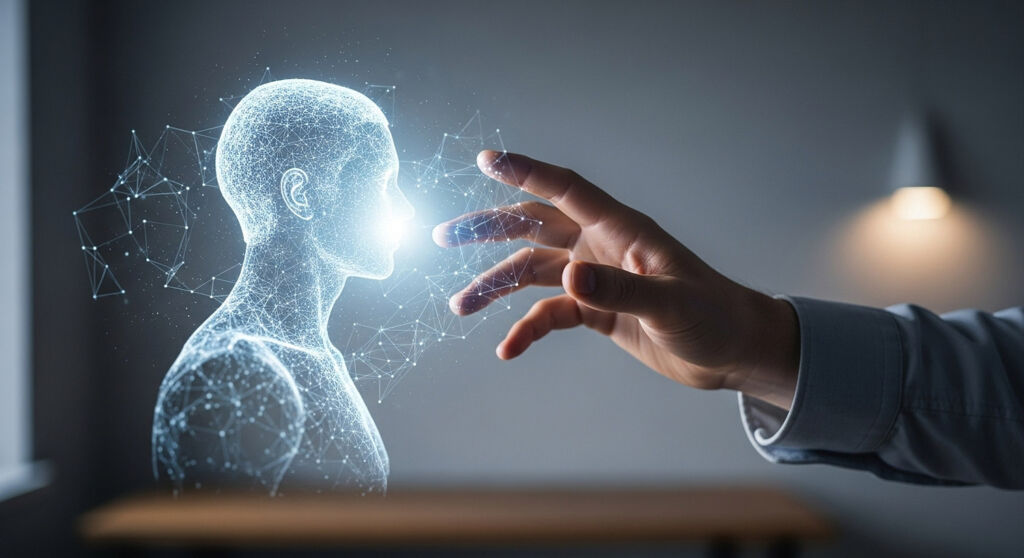
Medical Imaging Breakthroughs: AI is also making significant strides in medical imaging. AI-powered imaging tools are identifying hidden cardiac risks and enhancing ultrasound diagnostics, offering earlier and more accurate intervention. These intelligent systems can detect subtle anomalies that might be missed by the human eye, leading to earlier diagnoses for critical conditions and improving the overall accuracy and efficiency of diagnostic procedures.
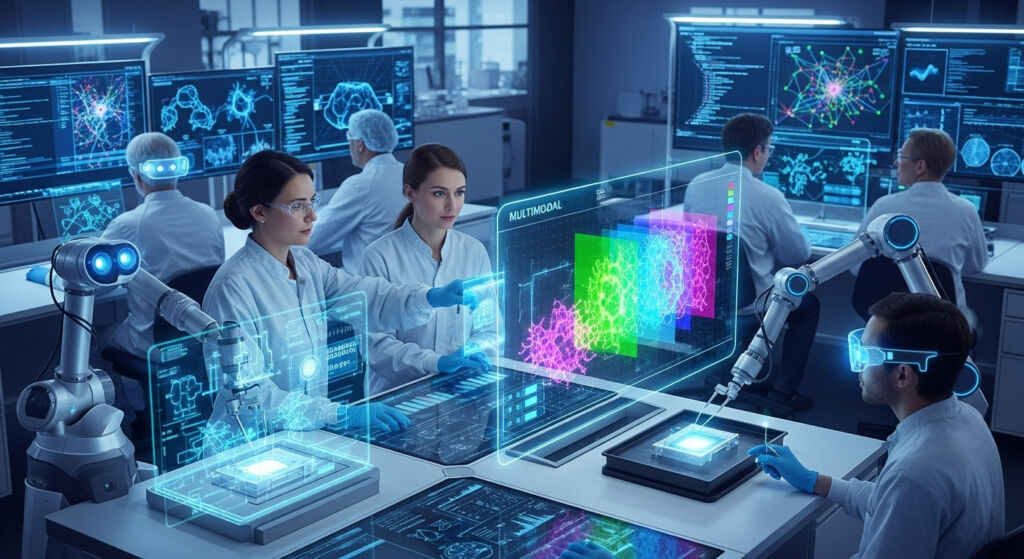
Health Data Generation: The ethical and practical challenges of using sensitive health data for research are being addressed by AI. Advanced AI models are now capable of generating synthetic health data. This synthetic data is crucial for supporting clinical research, allowing for extensive testing and model development while rigorously protecting patient privacy. It provides a valuable resource for advancing medical knowledge without compromising confidentiality.
Generative AI: A Materials Science Breakthrough
A particularly exciting frontier for AI is in the field of materials science, where generative AI materials science breakthrough is accelerating innovation at an astonishing pace.
AI-Driven Material Discovery: Generative AI models are fundamentally changing how we discover and design new materials. These powerful algorithms are accelerating the design of novel materials with custom properties, directly supporting sustainable energy innovation and advanced manufacturing. Instead of trial-and-error, AI can predict and create materials with specific characteristics needed for next-generation solar cells, stronger and lighter composites, or more efficient batteries.
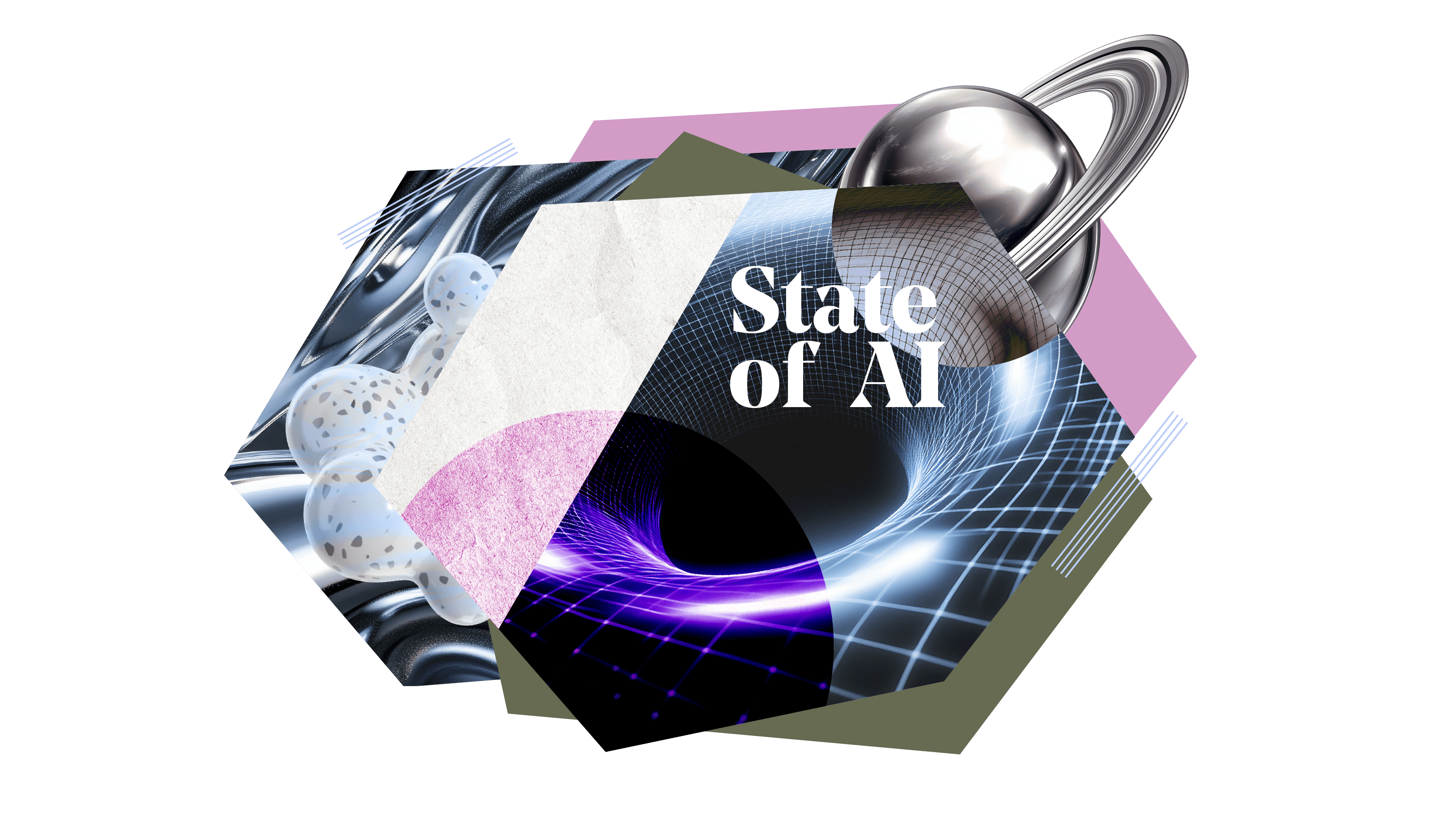
Case Example: Biomolecular Science: The impact of generative AI is profoundly felt in fields like biomolecular science. AI-powered simulation has enabled breakthroughs in biomolecular science, including protein design and enzyme engineering, crucial for new drug discovery. Researchers can now leverage AI to design proteins with novel functions or engineer enzymes to catalyze specific chemical reactions, opening doors for new pharmaceuticals and biotechnological applications.
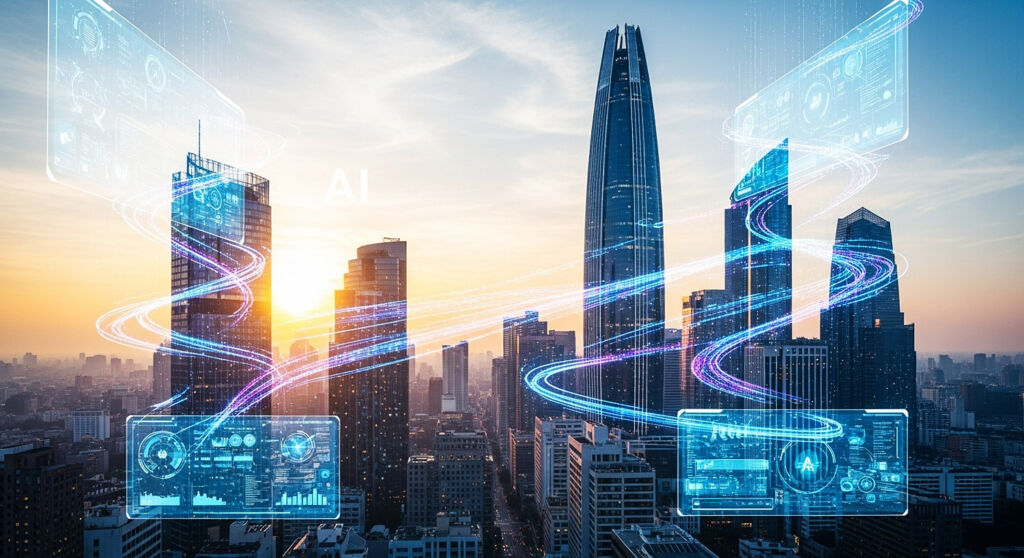
Industrial Impact: The benefits of AI-driven material discovery extend across numerous industries. Sectors like clean energy, electronics, and pharmaceuticals benefit from faster innovation cycles and reduced R&D costs. This means quicker development of renewable energy technologies, more advanced electronic components, and the accelerated creation of life-saving drugs. The ability to rapidly design and test new materials is a significant catalyst for progress.
Physical AI: The Rise of AI in Robotics and Autonomous Vehicles
The integration of AI into the physical world is rapidly advancing, leading to significant improvements in physical AI in robotics and autonomous vehicles.
Robotics & Perception: Physical AI is significantly enhancing the capabilities of robots. Physical AI enhances robots’ capabilities for perception, dexterity, and real-time decision-making in dynamic environments. This means robots can better understand and navigate complex, unpredictable spaces, perform intricate physical tasks with greater precision, and make critical decisions on the fly, making them more versatile and capable in manufacturing, logistics, and even domestic settings.

Autonomous Systems: AI is the driving force behind the increasing autonomy of various systems. AI is advancing autonomy for delivery robots, drones, and self-driving vehicles, improving logistics, manufacturing, and urban transport. This technology promises to optimize supply chains, increase manufacturing efficiency through automated processes, and revolutionize urban transportation with safer and more efficient self-driving options.
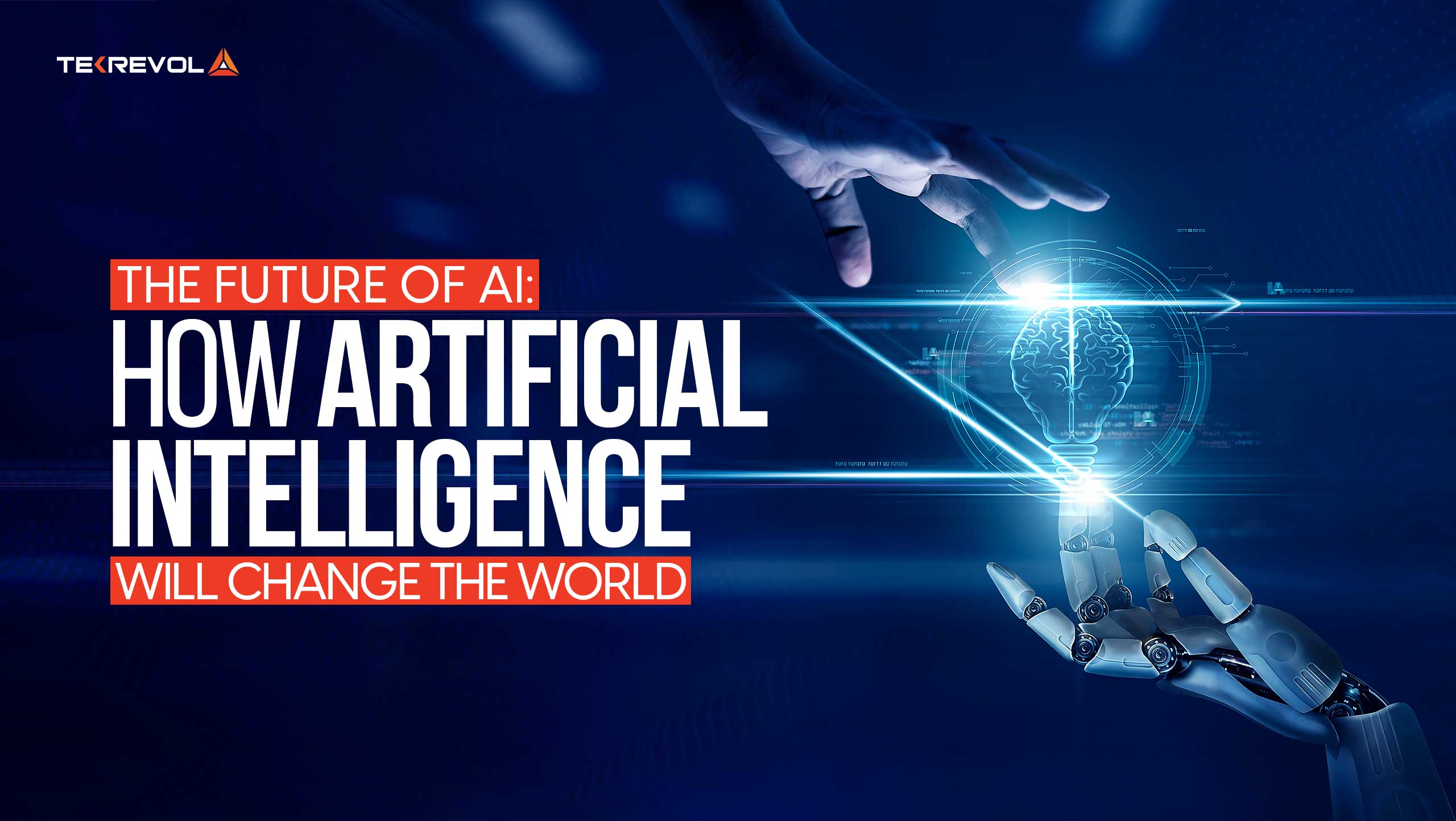
Assistive Technology Example: A compelling example of physical AI’s potential is in assistive technologies. Wearable brain-computer interfaces (BCIs) with vision-based AI now enable faster robotic control and accessibility for paralyzed individuals—a leap for assistive technologies. These groundbreaking BCIs translate neural signals into commands for robotic limbs, offering unprecedented levels of independence and mobility to individuals with severe physical impairments.
Connecting the Breakthroughs: The Synergistic Future of AI
It’s crucial to recognize that these various AI breakthroughs are not developing in isolation. Instead, they are increasingly interconnected, with advancements in one area amplifying progress in others, creating a powerful synergistic effect.
Cross-Sector Amplification: Developments in fields like healthcare, robotics, and materials science often intersect, allowing AI to drive multidisciplinary innovation (e.g., new healthcare devices powered by physical AI, advanced materials designed via generative AI for robotic components). For instance, the advanced materials discovered through generative AI could lead to lighter, stronger components for robots, while sophisticated physical AI could enable new generations of medical devices used in healthcare. This cross-pollination of ideas and technologies accelerates innovation across the board.
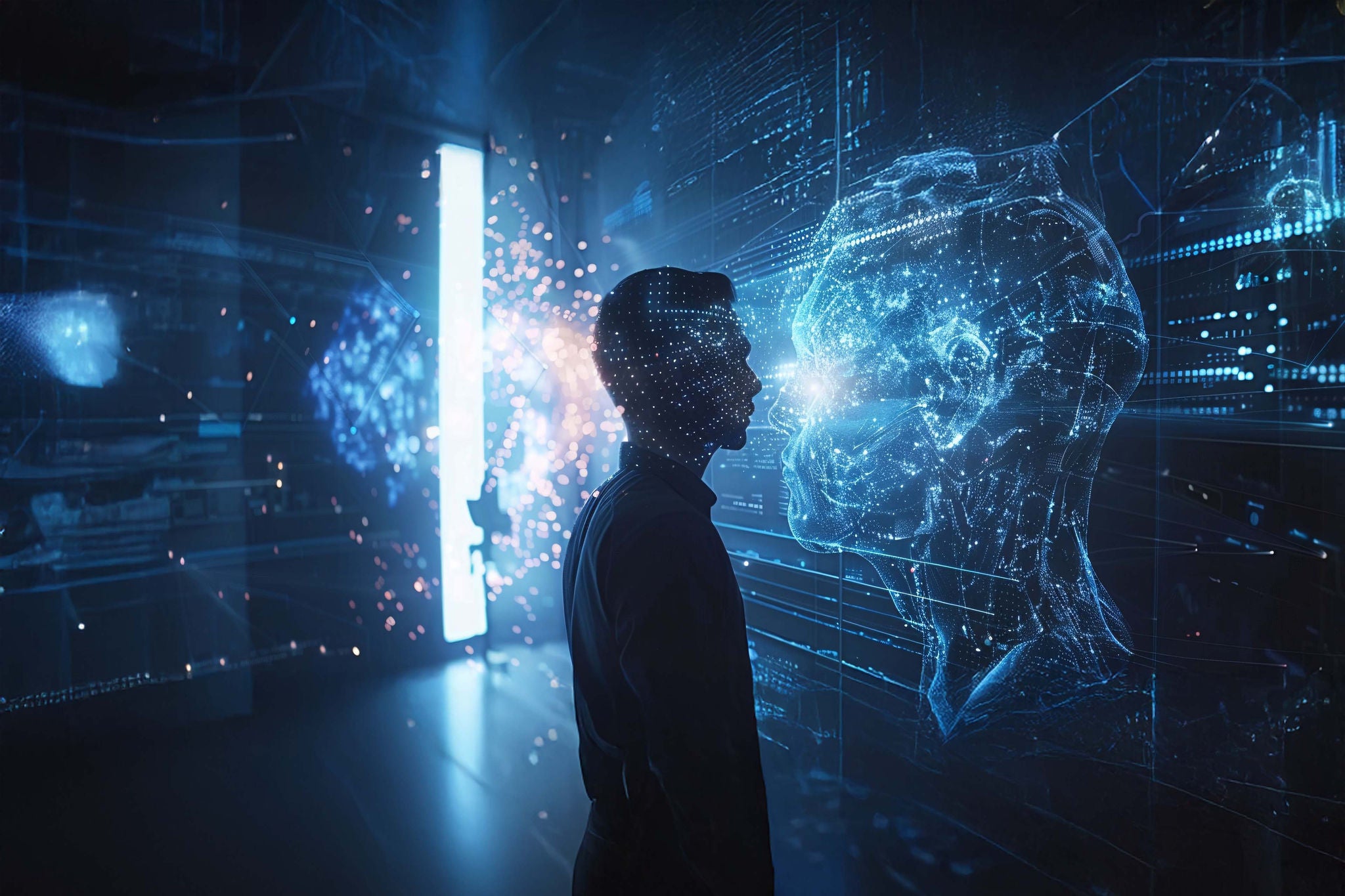
Enterprise Acceleration: The cumulative effect of more powerful, efficient, and accessible AI models is a significant acceleration of business transformation. The increasing power, efficiency, and accessibility of AI models catalyze business transformation, research productivity, and societal change. Businesses can leverage these integrated AI capabilities to optimize operations, drive unprecedented research productivity, and develop innovative solutions to complex societal challenges, leading to broad-based economic and social progress.
Frequently Asked Questions
-
Q1: What are the most significant AI breakthroughs expected in 2025?
A1: The most significant AI breakthroughs shaping 2025 include the rise of agentic AI, advancements in open-weight models, deep integration into enterprise and consumer applications, transformative impacts on healthcare (predictive diagnostics, personalized medicine), generative AI in materials science, and enhanced physical AI for robotics and autonomous vehicles.
-
Q2: How will AI agents impact the workplace?
A2: AI agents are expected to handle a significant portion of daily workplace tasks, augmenting knowledge work, improving customer service, and acting as sophisticated personal assistants. They will enable greater efficiency and allow human workers to focus on more complex and creative aspects of their roles.
-
Q3: In what ways is AI transforming healthcare?
A3: AI is revolutionizing healthcare through predictive diagnostics that forecast disease onset, personalized medicine that tailors treatments to individuals, enhanced medical imaging for earlier detection, and the generation of synthetic health data for research while protecting privacy.
-
Q4: What role does generative AI play in materials science?
A4: Generative AI is accelerating the discovery and design of new materials with specific properties, which is crucial for innovations in sustainable energy, advanced manufacturing, and the development of new pharmaceuticals through biomolecular advancements.
-
Q5: How is physical AI improving robotics and autonomous vehicles?
A5: Physical AI is enhancing robots’ perception, dexterity, and real-time decision-making capabilities, making them more effective in complex environments. It’s also driving greater autonomy in vehicles and robots, improving logistics and transportation efficiency.
-
Q6: Are these AI advancements isolated, or do they work together?
A6: These AI advancements are increasingly interconnected and synergistic. Progress in one area often fuels progress in others, leading to amplified innovation across sectors like healthcare, robotics, and materials science.


